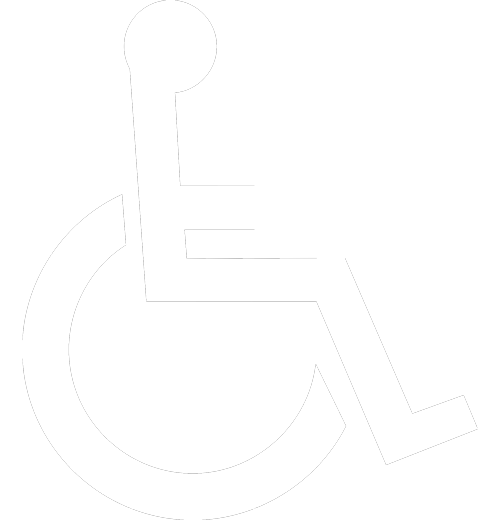Digital Detox and Unplugging: Strategies for Reducing Screen Time and Finding Balance
While technology offers countless benefits, excessive screen time can lead to negative effects on our well-being. The constant notifications, social media scrolling, and digital distractions can leave us feeling overwhelmed and disconnected. This is where the concept of a digital detox comes in—an intentional period of reducing or eliminating screen time to reset and restore our relationship with technology. Let’s explore the importance of a digital detox, the benefits it offers, and strategies to find a healthy balance between screen time and real-life experiences.
 Understanding the Need for a Digital Detox
Understanding the Need for a Digital Detox
A digital detox is not about rejecting technology altogether; it’s about creating mindful boundaries and regaining control over how we engage with screens. Excessive screen time has been linked to issues such as digital eye strain, poor sleep quality, decreased attention span, and even negative impacts on mental health.
Benefits of a Digital Detox
- Improved Mental Well-Being
Detaching from screens allows your mind to rest and reset, reducing feelings of stress, anxiety, and information overload.
- Enhanced Focus and Productivity
A digital detox can help you regain your ability to focus on tasks without constant distractions from notifications and apps.
- Better Sleep Quality
The blue light emitted by screens can disrupt the production of melatonin, a hormone responsible for regulating sleep. Reducing screen time before bed can lead to better sleep quality.
- Stronger Relationships
Disconnecting from screens enables you to fully engage in face-to-face interactions and strengthen your relationships with family and friends.
- Mindful Consumption
A digital detox encourages you to consume content more intentionally, focusing on meaningful and enriching experiences.
Strategies for a Successful Digital Detox
- Set Clear Goals
Define your goals for the digital detox. Whether it’s reducing screen time, curbing social media use, or eliminating screens during certain hours, having clear objectives helps you stay focused.
- Choose a Detox Period
Decide on the duration of your digital detox—whether it’s a day, a weekend, a week, or even a month. Select a period that aligns with your goals and commitments.
- Inform Others
Let your family, friends, and colleagues know about your digital detox plan. Informing them in advance will manage expectations and reduce any potential misunderstandings.
- Create a Plan
Outline the activities you’ll engage in during your detox. Plan offline activities such as reading, journaling, exercising, or spending time outdoors.
- Designate Tech-Free Zones
Identify areas in your home where screens are not allowed. This can be the dining room, bedroom, or any space where you want to promote face-to-face interactions.
- Turn Off Notifications
Disable non-essential notifications on your devices. This minimizes distractions and prevents the constant urge to check your phone.
- Use Apps for Support
Ironically, there are apps designed to help you manage your screen time. These apps can track your usage, set limits, and remind you to take breaks.
- Establish Digital-Free Times
Allocate specific times during the day when you’ll be completely offline. For example, you can choose to be screen-free during meals or before bedtime.
- Unsubscribe and Unfollow
Simplify your digital life by unsubscribing from newsletters and unfollowing social media accounts that don’t add value to your life.
- Prioritize Face-to-Face Interactions
Make an effort to connect with loved ones in person. Spend quality time together without the distraction of screens.
- Explore Offline Hobbies
Rediscover hobbies and activities that don’t involve screens, such as painting, playing a musical instrument, or gardening.
- Practice Mindfulness
Engage in mindfulness activities like meditation and deep breathing. These practices can help you stay present and reduce the urge to mindlessly reach for your devices.
- Read Physical Books
Swap e-books for physical books during your detox. The tactile experience of reading a book can be more satisfying and immersive.
- Set a Bedtime Routine
Create a calming bedtime routine that doesn’t involve screens. This can include reading, gentle stretching, or listening to soothing music.
- Reflect on the Experience
At the end of your digital detox, take time to reflect on your experience. Consider how the detox has affected your well-being, relationships, and overall perspective on technology.
Transitioning to a Balanced Digital Lifestyle
After completing a digital detox, transitioning to a balanced digital lifestyle is crucial. Use the lessons learned during your detox to establish healthier habits with technology:
- Establish Screen-Free Zones
Continue designating certain areas or times as screen-free zones. This encourages more face-to-face interactions and reduces the impulse to check your devices constantly.
- Set Screen Time Limits
Use the insights gained from tracking your screen time to set reasonable limits for different apps and activities.
- Practice Intentional Consumption
Before engaging with digital content, ask yourself whether it aligns with your goals and values. Limit mindless scrolling and prioritize content that enriches your life.
- Create Technology-Free Rituals
Incorporate technology-free rituals into your daily routine. This could be a morning meditation, an afternoon walk, or an evening journaling session.
- Unplug Before Bed
Make it a habit to disconnect from screens at least an hour before bedtime. Engage in relaxing activities that promote restful sleep.
A digital detox and intentional unplugging offer a valuable opportunity to reset your relationship with technology and find a healthy balance between the virtual and real worlds. By creating mindful boundaries and prioritizing meaningful experiences, you can foster better mental well-being, enhance your relationships, and lead a more intentional and fulfilling life.









